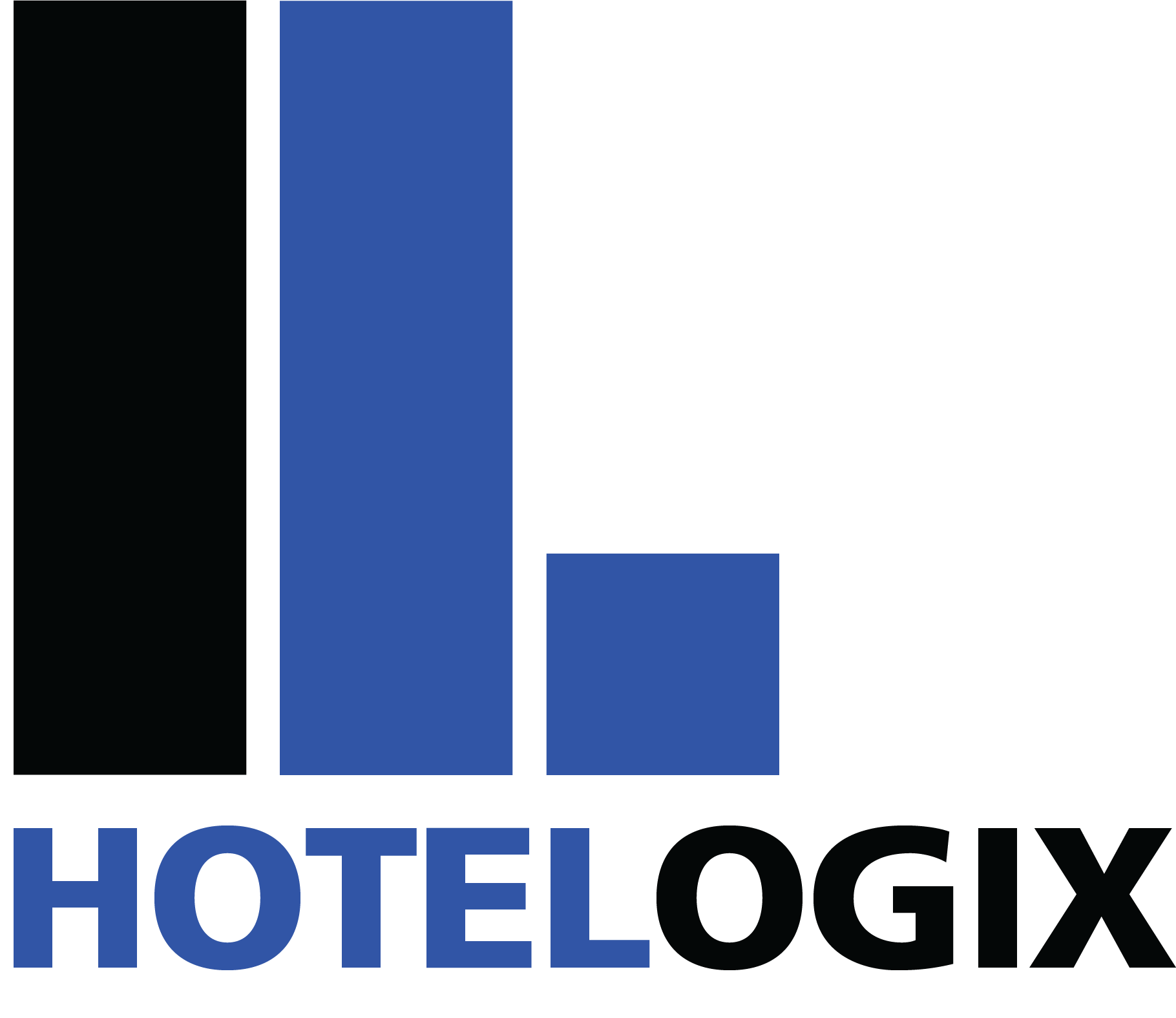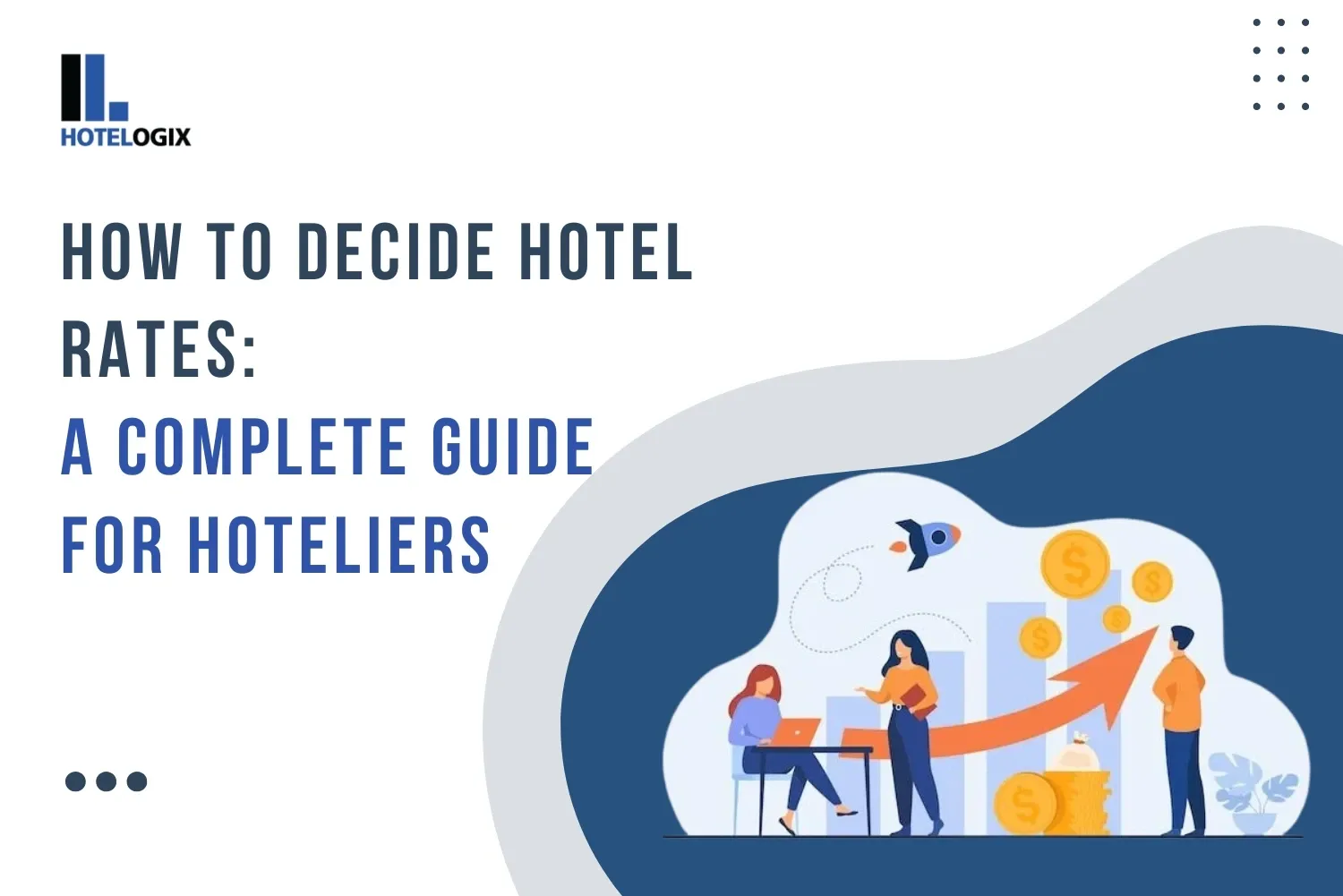Did you know that effective hotel pricing can increase revenue by up to 20%? Setting the right rates for your rooms is not just about numbers; it’s about balancing guest expectations, understanding demand, and staying competitive.
In this blog, we’ll cover everything you need to decide hotel rates smartly, including competition analysis, pricing strategies, and tools to simplify the process. By the end, you’ll have actionable tips to maximize your hotel’s profitability.
Identify & Analyze Competition
Why it matters:
Staying competitive requires understanding your market. Comparing your rates to nearby hotels helps position your offerings effectively.
Steps to Analyze Competitor Pricing:
- Track room rates across OTAs and direct websites.
- Compare room types (standard, deluxe, suite) and amenities offered.
- Study competitor promotions, packages, and discounts.
Pro Tip: Use tools like rate comparison software or a PMS (Property Management System) to monitor competitors in real-time.
Understand and Select a Pricing Strategy
Choosing the right strategy ensures flexibility while maximizing revenue.
Key Pricing Strategies:
- Dynamic Pricing: Adjust rates based on real-time occupancy, demand, and competitor rates.
- Value-Based Pricing: Price rooms based on guest-perceived value (e.g., amenities, luxury).
- Cost-Plus Pricing: Add profit margins to operational costs to determine rates.
Best Practice: Combine multiple strategies to adapt to market fluctuations and guest segments.
Read More - Best Hotel Pricing Strategies to Maximise Revenue
Special Rates for Special Seasons
Why it works: Seasonal demand impacts occupancy rates, requiring price adjustments.
How to Plan for Seasons:
- Peak Season: Increase rates during festivals, holidays, and local events.
- Off-Season: Offer discounted rates or bundles to attract guests.
Example: “A beach resort raises prices in summer while offering discounts for winter visitors.”
Pro Tip: Leverage historical data to predict seasonal demand and align pricing strategies.
Attractive Packages and Promotions
Packages and promotions add value for guests while increasing your revenue.
Popular Packages to Offer:
- Stay & Dine: Room + complimentary meals.
- Family Deals: Discounts on extra rooms or kid-friendly activities.
- Romantic Getaway: Special amenities like flowers and spa discounts.
Example: “Stay 3 nights, pay for 2! Perfect for weekend getaways.”
Key Insight: Promotions encourage direct bookings and help fill rooms during slow periods.
Historical Forecasts
Historical data helps you predict future demand and optimize rates.
How to Use Forecasting:
- Analyze past trends for high-demand and low-demand periods.
- Monitor booking patterns for weekends, weekdays, and special events.
- Use tools like Hotelogix Forecast Reports to align pricing strategies with data.
Pro Tip: Combine historical insights with current demand trends to stay ahead of the competition.
Capitalize on Occupancy Fluctuations
Occupancy rates often fluctuate, requiring smart adjustments to pricing.
Strategies to Improve Occupancy Rates:
- High Occupancy: Increase rates to boost revenue while demand is high.
- Low Occupancy: Offer last-minute discounts to fill rooms quickly.
Example: “Offer a 20% discount for same-day bookings to maximize room utilization.”
Pro Tip: Monitor occupancy in real-time using Hotelogix Daily Business Reports to make quick decisions.
Commonly Used Pricing Strategies
- Early Bird Offers
- Discount for guests booking in advance.
- Example: “Book 30 days early and save 15%!”
- Minimum Length of Stay
- Encourage extended bookings during high demand.
- Example: “Stay 3 nights and get a special rate.”
- Promo Codes
- Target specific audiences with tailored offers.
- Example: “Use WINTER10 for a 10% discount!”
- Unlock Deals
- Offer exclusive perks for direct bookings or loyalty members.
- Long Stay Discounts
- Reduced rates for weekly or monthly stays.
- Example: “Stay 7 nights or more and save 20%.”
- Last-Minute Discounts
- Discount same-day bookings to avoid empty rooms.
- Example: “Book tonight and save 25%!”
Key Insight: A mix of pricing strategies caters to varied guest needs and drives higher occupancy.
How Hotelogix Simplifies Pricing Management
Key Features to Optimize Pricing:
- Dynamic Pricing: Adjust rates in real-time based on demand and competition.
- History & Forecast Reports: Use data-driven insights to plan seasonal rates.
- Channel Performance Reports: Identify top-performing OTAs and channels.
- Flexible Rate Management: Set custom rates for corporate groups, seasons, and promotions.
- Centralized Dashboard: Monitor occupancy, revenue, and pricing performance from a single screen.
Conclusion
Setting the right hotel rates requires analyzing competition, leveraging historical insights, and implementing smart pricing strategies. From dynamic pricing to flexible promotions, these actionable steps can help you balance profitability and guest satisfaction.
By adopting a cloud-based solution like Hotelogix PMS, hoteliers can simplify pricing, optimize revenue, and stay ahead of the competition.
“Ready to transform your pricing strategy? Discover the power of Hotelogix today—[Book Your Free Demo!]”

